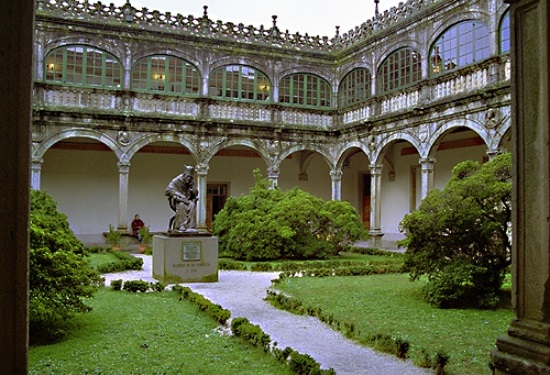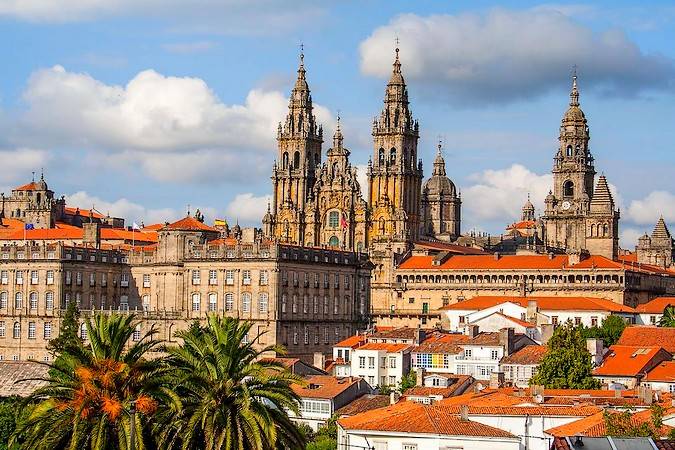Symmetry and shape
Santiago de Compostela, Spain

Welcome
According to Felix Klein, geometry is the study of those properties in space that are invariant under a given transformation group. Intuitively, symmetry is the correspondence of shape at every point of a space. An interesting problem in geometry and many physical sciences is to determine the symmetries of a space from its shape.
Latest information
The aim of this conference is to gather experts in the study of symmetry in Differential Geometry. The conference will revolve around the study of curvature, homogeneous and symmetric spaces, Riemannian submanifold geometry, and other related topics in Differential Geometry and Geometric Analysis.
Invited speakers
- Christoph Böhm, Universität Münster, Germany.
- Giovanni Catino, Politecnico di Milano, Italy.
- Quo-Shin Chi, Washington University at St. Louis, USA.
- Anna Fino, University of Torino, Italy.
- Luis Guijarro, Universidad Autónoma de Madrid, Spain.
- Andreas Kollross, Universität Stuttgart, Germany.
- Adela Latorre, Universidad Politécnica de Madrid, Spain.
- Carlos Olmos, Universidad Nacional de Córdoba, Argentina.
- Marco Radeschi, University of Notre Dame, USA.
- Alberto Rodríguez-Vázquez, Universidade de Santiago de Compostela, Spain.
- Uwe Semmelmann, Universität Stuttgart, Germany.
- Joeri Van der Veken, University of Leuven, Belgium.
University of Santiago de Compostela

With more than five centuries of tradition, the University of Santiago de Compostela is a historic institution that projects itself to the future and beyond its frontiers, always attentive to the different demands of society, where it stands as an important academic frame of reference and where it develops its academic and research work. Centuries of history give the University an special capacity to merge the experience, security and confidence with present and future challenges.
The roots of the University go back to 1495, when the Santiago de Compostela solicitor López Gómez de Marzoa founds, with the help of the San Martiño Pinario abbot, a school for the poor known as "Grammatic Academy" in the monastery of San Paio de Antealtares.

Santiago de Compostela is the capital of the Autonomous Community of Galicia; declared a World Heritage City by UNESCO thanks to its monumental beauty, extraordinary conservation and as the final destination of a thousand-year-old pilgrim route: the Way of St. James, which, since the 9th century, has transformed this finis terrae into a meeting place of Western faith and thinking.

Santiago de Compostela is a stone apparition in the midst of the green forests of Northwest Spain and the nearby Galician “rías”. It was originally a stopping point on a Roman road, but the discovery of the Apostle James' tomb at the beginning of the 9th century gave rise to a place of workshop in the corner of the Iberian Peninsula, which was then dominated by the Moors. From then on all of Europe started walking towards Santiago, a holy city of Christendom where the grace of plenary absolution awaited them. A Romanesque cathedral then arose there, with the following centuries adding the sobriety of the Renaissance style and the majesty of a Baroque style that eventually characterised the city's monumental image, made from the granite of its monasteries, its pilgrim hospitals, its numerous churches, its stately houses and its squares, where time stands still.
